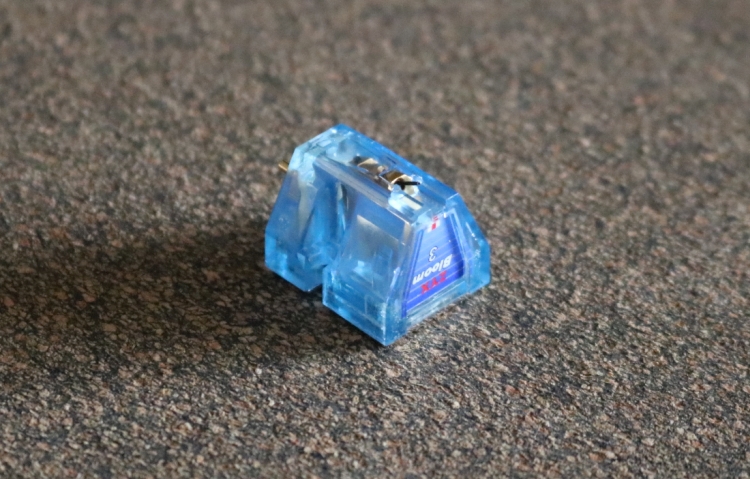
Prolonged use
As mentioned, I initially had a feeling that the Bloom3 was indeed a little “bloomy”, that is, a little rich and friendly. But that was mainly the case during the first couple of hours. The more it played, the more its performance converged to become ever tighter, more coherent, and more expressive, and the more records I played, the more I got the feeling that it’s not at all bloomy but really very neutral and highly refined and non-edgy, as well as incisive and dynamic.
Of course, a comparison with only one other cartridge, especially such a different-sounding one, doesn’t say quite enough. So, I also have a comparison planned with another similarly-priced cartridge, the 800-euro Audio Technica AT33Sa that I use with the Thorens TD1601 turntable in the other listening room.
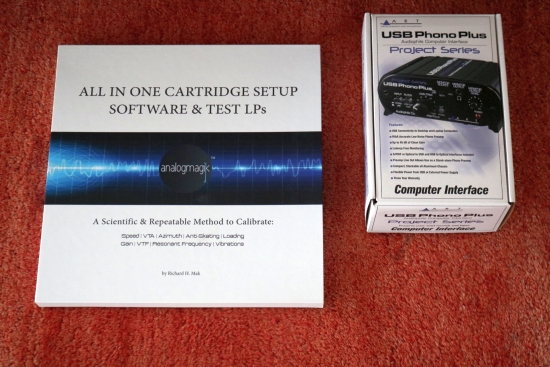
But first, let’s see if the Bloom3’s performance can be further elevated by optimizing the tonearm and cartridge parameters using the AnalogMagik software.
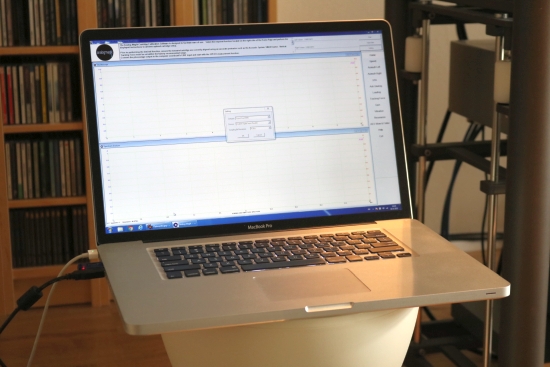
Optimization using AnalogMagik software
The software offers measurement methods for Azimuth, Speed, Wow&Flutter, and Arm Resonance, VTA, Anti-Skating, Loading, and VTF. As such, it comprises a very complete suite that takes some time to come to grips with. After having performed careful manual alignment using the Acoustical Systems SMARTractor protractor with the UNI DIN calculation prior to taking AnalogMagik measurements, I found that the software-aided calibrations that most consistently yield improvements are VTA and Azimuth, with varying results for VTF and Anti-Skating. Of course, these adjustments can also be made manually and by ear. In a forthcoming AnalogMagic review I will discuss every parameter in detail but for the purpose of this review, let’s just jump a few hours ahead in time to where the Bloom3 is fully adjusted.
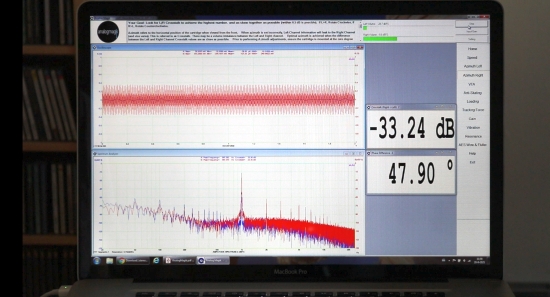
It would be worrying if the extra adjustments transformed the cartridge beyond the first impressions after careful manual calibration. And indeed, after the AnalogMagik calibrations, the Bloom3 still sounded as described, which is highly refined, linear, transparent, neutral, but now with further improved accuracy. It already tracked sublimely well but the better alignment made the cartridge sound notably cleaner and more precise, no matter what LP we played. The bass was tighter and more articulate, vocals became more realistic, and were more clearly inhabiting their own space in the soundstage, and there was something special in the treble. Even though it came across as being refined from the start and compared to the Dynavector perhaps even gently polished, there was now more bite and clarity, but in a sweeter, entirely non-edgy manner. In short: the sound had become more precise as well as more natural and the best way that I can summarize it is to say everything sounded that bit more realistic. I should also note that a cartridge can sound a little lean or soft, or indeed bloomy when its adjustments are slightly off. When having grown accustomed to such a friendlier presentation, the sound of a fully optimized cartridge may come as something of a reality shock. Well, it may not be day and night but I would say it is similar to upgrading slightly warm-sounding cables with cleaner, more revealing ones. For suddenly, you will hear more of what’s actually in the record. Fear not, for it’s not as if the turntable will suddenly be entirely unforgiving, as precise adjustment will most definitely not prohibit smoothness, liquidity, or warmth when this is in the recording. If anything, I found that precise adjustment tends to more readily bring out the energy, expression, bounce, and musical intent from the recording at hand, even if it is of so-so production quality.
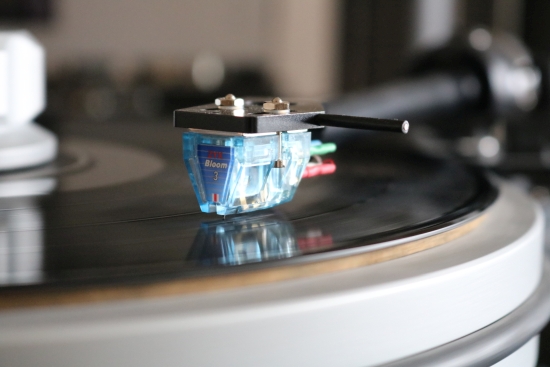
Not Bloomy
At this point, I can no longer maintain that the Bloom3 also sounds a little bloomy anymore, not even slightly so. Rather, it proved to be highly neutral, linear, precise, and transparent, while having great dynamics and attack but with great subtlety and without ever becoming “bitey”, let alone edgy. In fact, the Bloom3 has so little intrinsic character that I don’t think that I would recognize it in a blind test and that is definitely a good thing because it means that it simply lets the music shine through unaltered.
What also became clear after the final calibrations is that the bass has developed considerably from the first minutes of play through continued play and now after the final adjustments. The bloom and richness that I had noted in the bass and lower midrange before, were now unmasked as being indicative of the cartridge needing more running time, as well as evidence of a non-ideal cartridge setup.
Now that the Bloom3 is performing optimally, and compared to the Aidas Rainbow (in the Origin Live turntable) it is extra-double confirmed that the cartridge is absolutely not lacking in terms of solidity, incisiveness, or dynamics. Or in terms of tracking precision, for that matter. I have yet to optimize the Rainbow cartridge using the AnalogMagik software but as it is now (and after meticulous manual optimization) I can’t say that it is any more revealing than the Bloom3. The only aspect that stands out when comparing it to the Rainbow is that this cartridge and the tonearm/turntable have a more tonally fuller, more planted sound. When also adding the Dynevector to the mix, I think it’s fair to say that the Bloom3 is comparatively slightly lean in the bass. Not lacking incisiveness or solidity, mind you, just slightly less full in the bass than the other two carts. Maybe, it’s actually more accurate? Who’s to say at this point. But let’s put a pin in this for now, as I will do a final comparison using the Thorens turntable that will shed more light on this matter.
Finally, with its increased tracking precision, I was curious to find how the Bloom3 fared with the Stanley Clarke torture track that elicited more, and off-center sibilance from the groove than the Dynavector did before it. Well, I think you already guessed that the tracking was now indeed fully on par with the Dynavector in the same turntable and arm. What’s more, even the Aidas Rainbow cartridge in the Origin Live turntable didn’t trace any better with this track. Just out of curiosity, I pulled up the digital files from my CD and confirmed that there’s also some sharpness in the digital file. Especially when a sharp hi-hat combines with a loud vocal “S”, it clearly makes matters difficult for the LP and with all cartridges. Now, I wonder if this is specific for this particular LP or this version and if there are other pressings that are modulated more cleanly. Discogs, here I come!
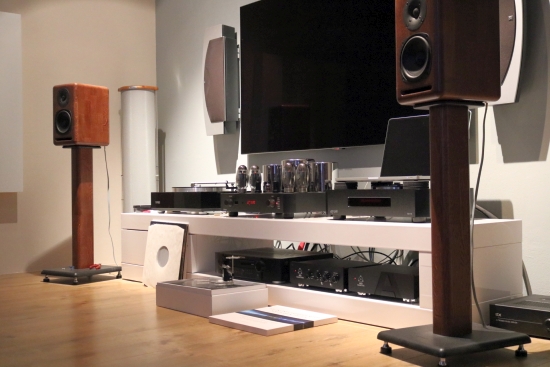
Bloom3 with Thorens TD1601
For this final comparison, I will skip detailing the differences pre and post-AnalogMagik calibration of the Bloom3 and I will move straight to the relative differences between the AT33Sa and the Bloom3, both mounted in the Thorens TD1601 standard TP 92 arm and both fully optimized, in the Secondary System.
As part of the AT33Sa review, a low-output MC cartridge with a Shibata stylus, using both the AVIDs and the Thorens turntable, I noted excellent tracking, high resolution, superlative refinement, and a slightly rose-tinted character. It certainly wasn’t lacking in articulation or precision, but its friendly presentation, combined with full but slightly soft bass, did make it less lively and outgoing than, for instance, the Dynavector 10×5. Although the Bloom3 worked wonderfully well with the heavyweight AVID Sequel, I wondered if it would make just as nice a match with the leaner-sounding Thorens TD1601.
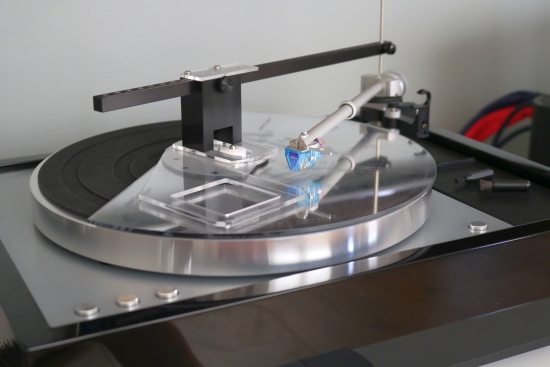
For this final comparison, I had invited both Wouter and long-standing Thorens-o-phile JW who recently also changed a classic Thorens for the TD1601. We had selected a range of records of varying production quality and after having re-familiarized ourselves with the sound of the Thorens/AT33Sa combination, I swapped the cartridges while Wouter and JW proceeded to treat some more of my LP’s to an Ultrasonic Cleaning in the other room. Honestly, that was great, for the longer I took, the more LPs would end up cleaned! But inevitably, the moment came that the Bloom3 was mounted, calibrated, and all set to go.
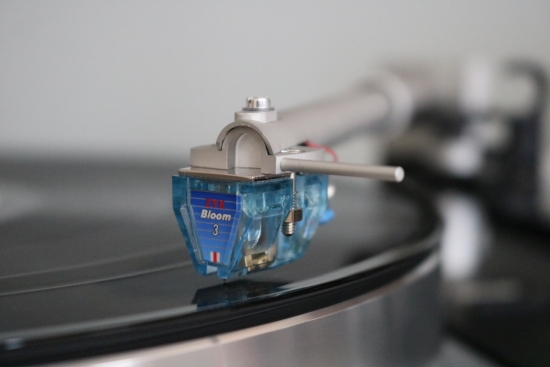
Coming from the AT33Sa, and used at the same 300-ohm setting and the same gain on the AVID Pulsare II phono stage, at first, we needed to re-adjust to the very different bass behavior but also noticed that there was something special in the midrange. At first, the bass felt a little lean, not carrying as much weight as the AT33Sa. But as we played more records, we found that the Bloom3 is actually more accurately relaying what’s in the grooves. Sometimes it would appear to have less bass, but other times it proved to actually have more impactful bass, whereas the AT33Sa would invariably make the bass bigger but also softer, less distinct. To our delight, the unbiased behavior in the bass carried through to the midrange that was less romantic but all the more realistic for it. JW has often preferred romance and smoothness over expression and dynamics and for some time, I followed in his path, but his views, as well as my own, have smoothly changed over the years. On the matter at hand, there was absolutely no argument as we all wholeheartedly agreed that the Bloom3’s purer, more direct, and less romanticized approach better did the music justice and actually got us emotionally more involved. Meanwhile, the Bloom3 was perhaps not quite as ultra-refined and airy as the AT, but the more albums we played, the more we felt that the AT actually has a bit of treble lift. And in terms of tracking, the Bloom3 did just as well as the AT.
I did experiment with different loading settings but the 300-Ohm setting proved to be ideal. A lower setting would subjectively add some warmth but also reduce the cartridge’s spriteliness and punch, and with it, the very aspect that sets it apart.
As we proceeded to play record after record, we found that the Bloom3 just gets out of the way and lets the music do its thing. Even if the recording was lean or even downright thin, the Bloom3 still allowed the spirit to shine through.
At this point, it suddenly struck me that, in order to balance out the AT’s smoothness, I had used the leanest cables that I could find between the Thorens and phono stage as well as between the phono stage and amplifier. Of course, we were now hearing this as a slightly leaner sound! But even though the cabling in this system could be re-assessed, there was no denying the fact that we were all enjoying the heck out of it! And as closing time neared, the thought cropped up in my mind that I really didn’t want to part with this cartridge anymore. All good things must come to an end? I think not! I’m not yet sure how I will finance it, but the Bloom3 must stay.
Conclusion
Even though I have found time and again that the marriage between a turntable, the arm, and the cartridge can make or break a performance, the Bloom3 worked just as magnificently with the AVID Sequel and Audio Origami PU7 arm as with the Thorens TD1601 and its stock TP-92 arm. Although these two turntables are far from representing a cross-section of the market, given that these are two very different turntables, this does tell me that the Bloom3 seems to be universally applicable. That’s the beauty of well-balanced, truly neutral products: they don’t require extra-special synergy to strut their magic.

Bloom3 Specifications
Type : Moving Coil (Dynamic) “REAL STEREO” Generator System
Cryogenic Treatment : Temperature: -196 ℃ (-320оF)
Output Voltage : 0.24mV (0.48mV) (3.54cm/sec, 1kHz)
Frequency Response : 10 Hz – 100 kHz, ±1dB 20 Hz – 20 kHz
Channel Separation : > 30dB 〔 1kHz 〕
Channel Balance : < 0.5dB 〔 1kHz 〕
Recommended Tracking Force : 2.0gm 〔 20 ゜C-25 ゜C 〕
Tracking Force Range : 1.7gm – 2.5gm
Trackability : >60μm /2.0gm
EQ Compliance : horizontal : 15×10-6cm/dyne, vertical : 12×10-6cm/dyne
Internal Impedance : 4.0 Ω (8.0 Ω)
Load Impedance : > 100Ω
Coil Wire : 6N OFCφ0.035mm
Cantilever Material : Black ALMg5 tube φ0.45×φ0.30mm
Stylus : Line-contact Solid Diamond □0.1mm
Contact Radius, Life Time : 6μm×35μm, 2000Hour/2.0gm
Output Terminals : φ1.25mm gold plated〔EIA〕
Terminal Board : Glass Epoxy Plate
Dimensions : 16.2mm(W)×19.7mm(L)×x17.6mm(H)
Net Weight : 5.0gm, 7.7gm(TB), 9.5gm(SB)
External Links
Manufacturer: ZYX
ZYX Distributor for the Benelux: Colab
Acoustical Systems Distributor for Belgium: Colab
Acoustical Systems Distributor for NL: Actual Hifi
AnalogMagik Distributor for the Benelux: Actual Hifi
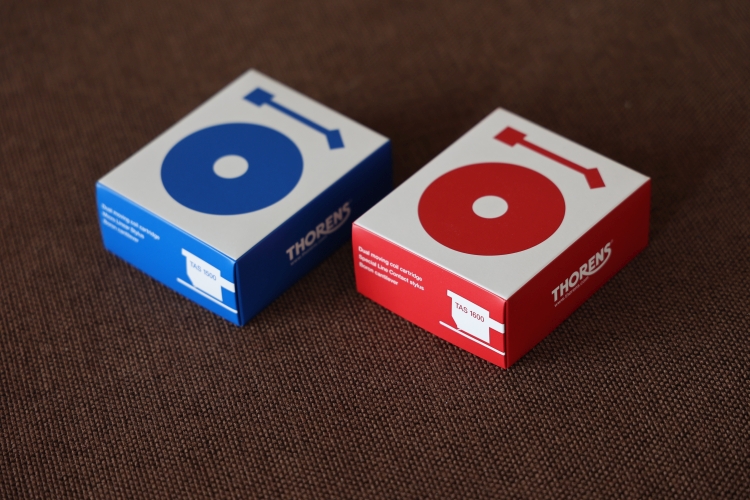
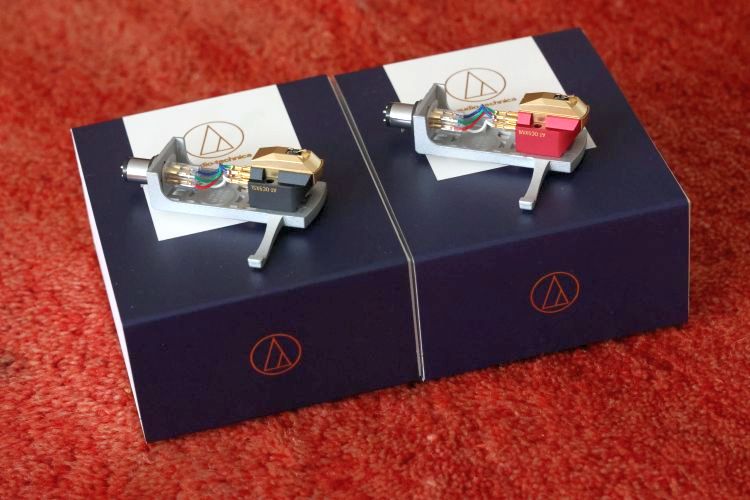
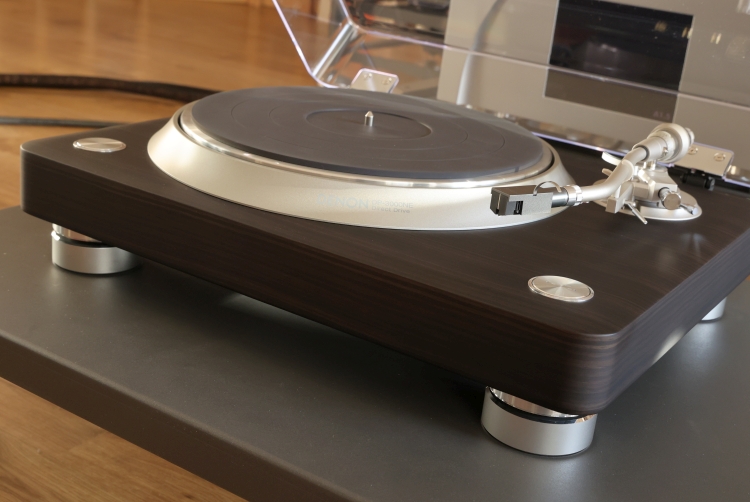
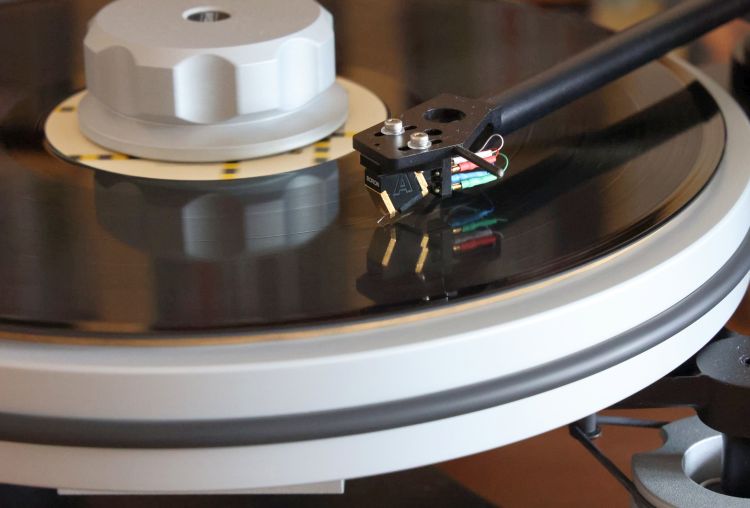
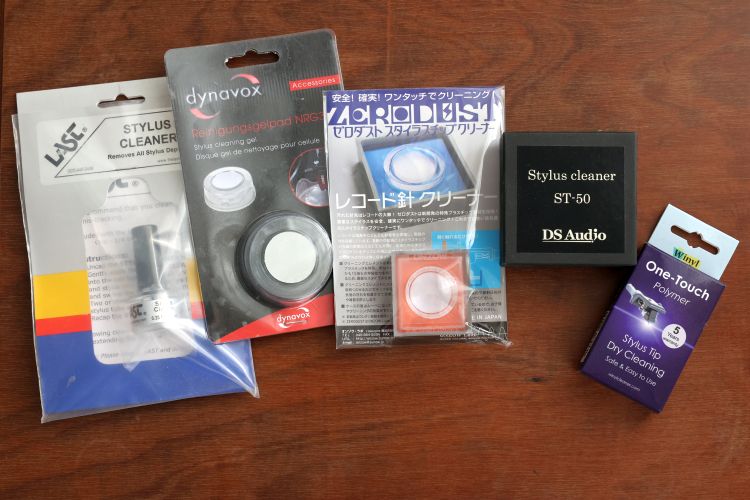
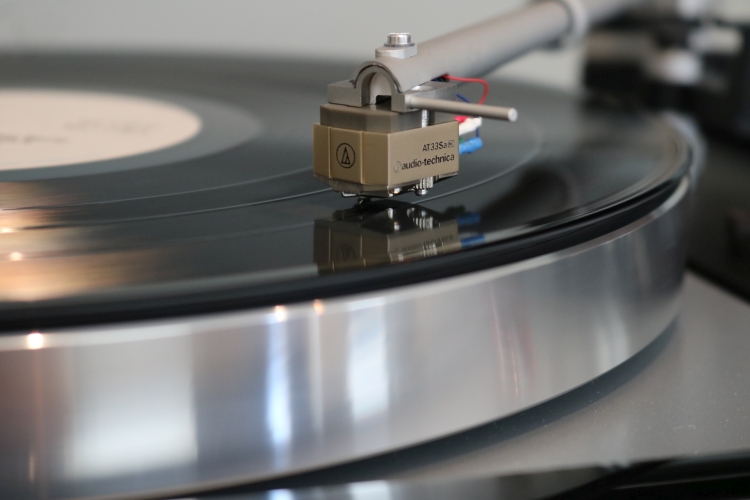
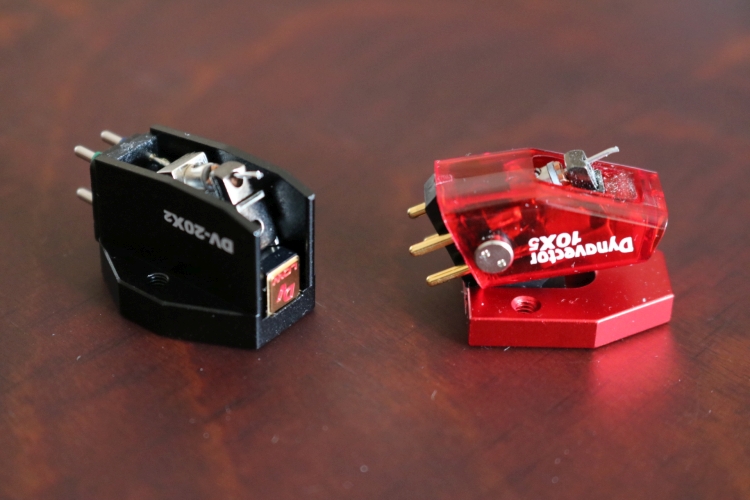
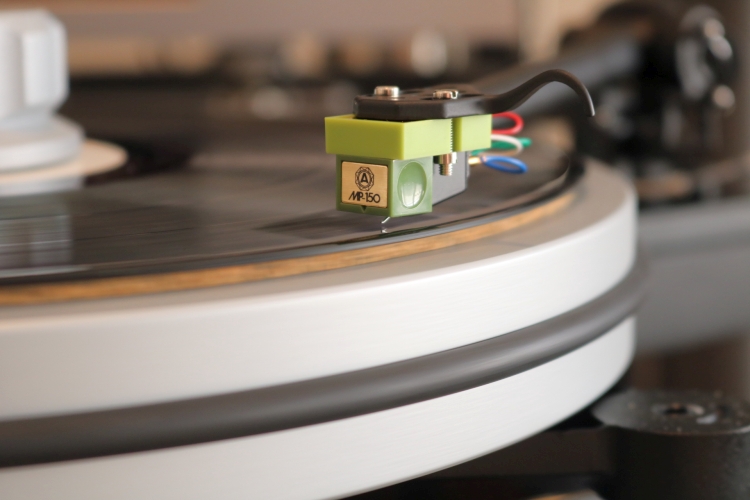
A very nice review!
Seems like a nice option for a Kuzma 4Point arm, doesn’t it?
Cristian
Hi Cristian, alas, I couldn’t say as I’ve not yet used a Kuzma arm.